how to hang moving head lights? | Insights by LQE
- Comprehensive Guide to Hanging Moving Head Lights Safely and Effectively
- 1. Why Proper Installation Matters
- 2. Essential Tools and Equipment
- 3. Step-by-Step Installation Process
- 4. Installation Locations and Mounting Tips
- 5. Common Mistakes to Avoid
- 6. Why More Professionals Are Using Integrated Lighting Clamps
- 7. Final Tips
- 8. About LQE
Comprehensive Guide to Hanging Moving Head Lights Safely and Effectively
Hanging moving head lights is a critical aspect of stage lighting that requires careful planning and execution. Proper installation ensures not only the safety of the equipment and personnel but also the optimal performance of the lighting fixtures. This guide provides a step-by-step approach to safely and effectively hang moving head lights.
1. Why Proper Installation Matters
Ensuring that moving head lights are securely mounted is vital for several reasons:
- Safety: Prevents accidents caused by falling equipment.
- Performance: Guarantees that lights function as intended without unexpected shifts or tilts.
- Equipment Longevity: Reduces wear and tear on the fixtures, extending their operational life.
2. Essential Tools and Equipment
Before beginning the installation, gather the following tools and equipment:
- Clamps: Omega brackets or C-clamps suitable for the fixture's weight.
- Safety Cables: To provide an additional layer of security.
- Wrenches or Hex Tools: For tightening clamps and bolts.
- Power and DMX Cables: For electrical connections.
- Integrated Lighting Clamps (optional): Built-in mounting mechanisms that simplify the setup process.
3. Step-by-Step Installation Process
a. Check Load Ratings
Verify that the truss or mounting surface can support the weight of the moving head light, which typically ranges from 8 to 25 kilograms per unit. Overloading can lead to structural failures.
b. Attach the Clamp
Secure the moving head light to the truss using the appropriate clamp. Ensure the clamp is tightened firmly to prevent any movement or vibrations during operation.
c. Secure the Safety Cable
Attach a safety cable to the fixture's designated safety point and anchor it to a solid structure, such as the truss or ceiling grid. This serves as a backup in case the primary clamp fails.
d. Connect Power and DMX Cables
Route the power and DMX cables neatly to avoid tripping hazards and ensure proper signal transmission. Use cable ties or Velcro straps for clean cable management.
e. Test Pan/Tilt Movement
Before finalizing the setup, test the fixture's pan and tilt movements to ensure they operate freely without obstruction.
4. Installation Locations and Mounting Tips
a. Truss Mounting
Ideal for concerts and large events, mounting on a truss system provides stability and allows for dynamic lighting effects.
b. Ceiling Installation
Suitable for permanent venues, ceiling installations require appropriate brackets and anchors rated for the fixture's weight.
c. Lighting Stand Mounting
For smaller events or temporary setups, mounting on a lighting stand offers flexibility and ease of setup.
5. Common Mistakes to Avoid
- Skipping the Safety Cable: Always use a safety cable as a backup to prevent accidents.
- Using Inadequate Mounting Hardware: Ensure all hardware is rated for the fixture's weight and is in good condition.
- Neglecting Cable Management: Properly secure and organize cables to prevent tripping hazards and signal interference.
6. Why More Professionals Are Using Integrated Lighting Clamps
Integrated lighting clamps offer several advantages:
- Faster Installation: Reduces setup time, especially beneficial for live shows and rentals.
- Enhanced Safety: Minimizes the risk of loose parts or incorrect installations.
- Compact Design: Saves space and reduces the number of components needed.
7. Final Tips
- Prioritize Safety: Always double-check all connections and installations.
- Use Certified Equipment: Ensure all hardware meets industry standards.
- Regular Maintenance: Periodically inspect and maintain equipment to ensure optimal performance.
8. About LQE
LQE is a leading brand in the LED stage lighting industry, known for its commitment to quality and innovation. Our products are designed with safety and performance in mind, offering reliable and efficient lighting solutions for various applications. Choose LQE for your lighting needs and experience the difference in quality and service.
Distributor
Is there a minimum order quantity (MOQ) to become a distributor?
MOQ requirements vary based on the product line and market region. However, for long-term distribution partnerships, we are flexible and can start with a trial order to build trust.
What is your typical lead time for distributor orders?
Our standard production lead time is 15–30 working days depending on order volume and customization requirements. For stocked models or repeat orders, we can offer shorter delivery times.
How can I apply to become a distributor?
Simply fill out the contact form on this page or email us directly with your company information, market background, and cooperation intention. Our sales team will get in touch with you within 1–2 business days.
1000w
Does LQE Offer Customized Stage Moving Light Solution?
An experienced R&D team can provide customized digital stage lighting OEM/ODM solution service to meet clients’ unique demands from global markets, such as customized CRI parameter, Ingress protection rating, effect, etc.
What Is the Warranty Offered by LQE Lighting?
LQE lighting offers a comprehensive 1-year warranty and spare parts on its products, giving customers peace of mind and investment protection.
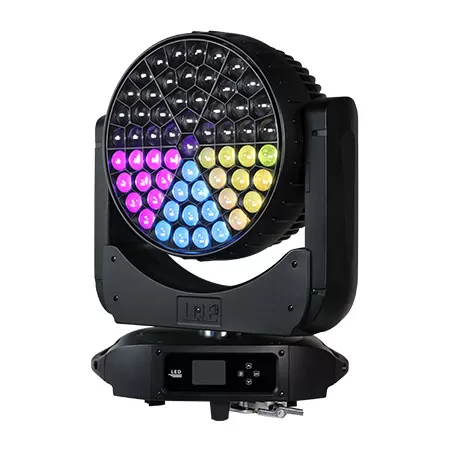
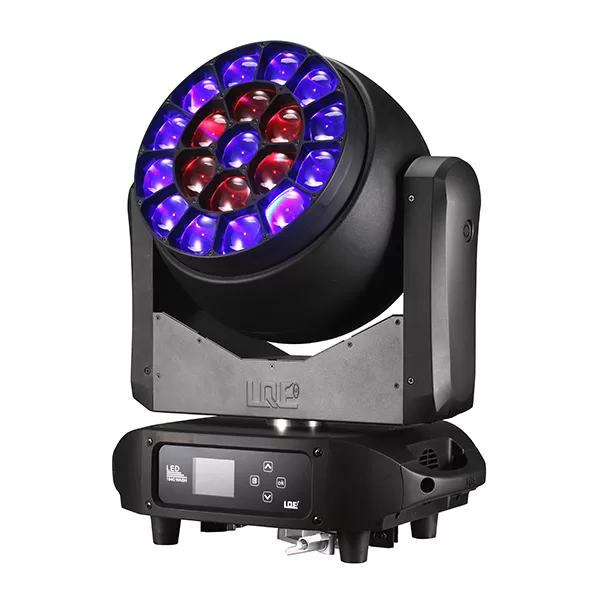
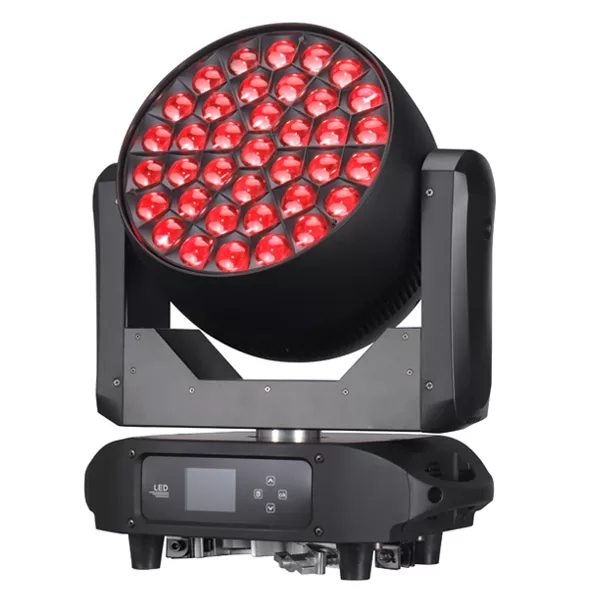
Want to learn more information?
[Reach out to us and receive professional guidance, a personalized quote, and the best solution for your needs.]

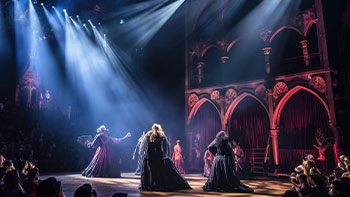
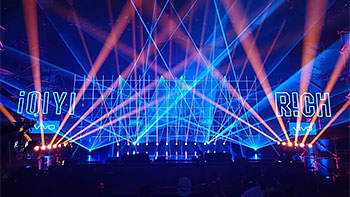
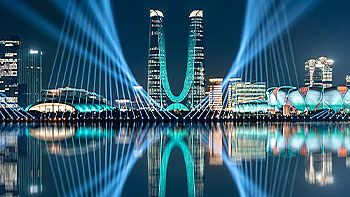
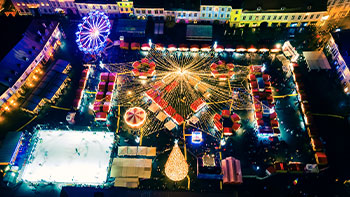
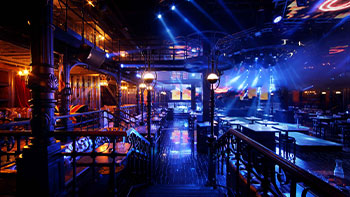
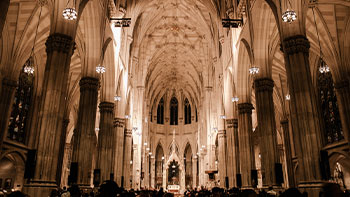







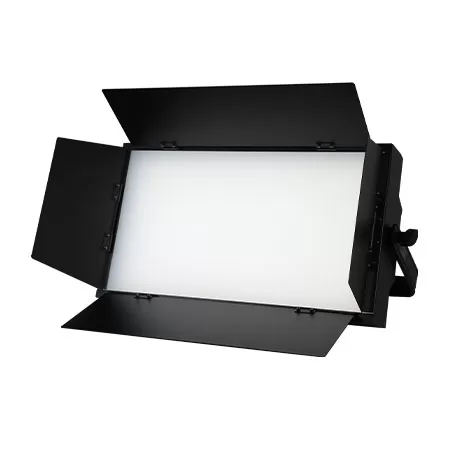
Linkedin
YouTube
Whatsapp: +8618924548390
TikTok